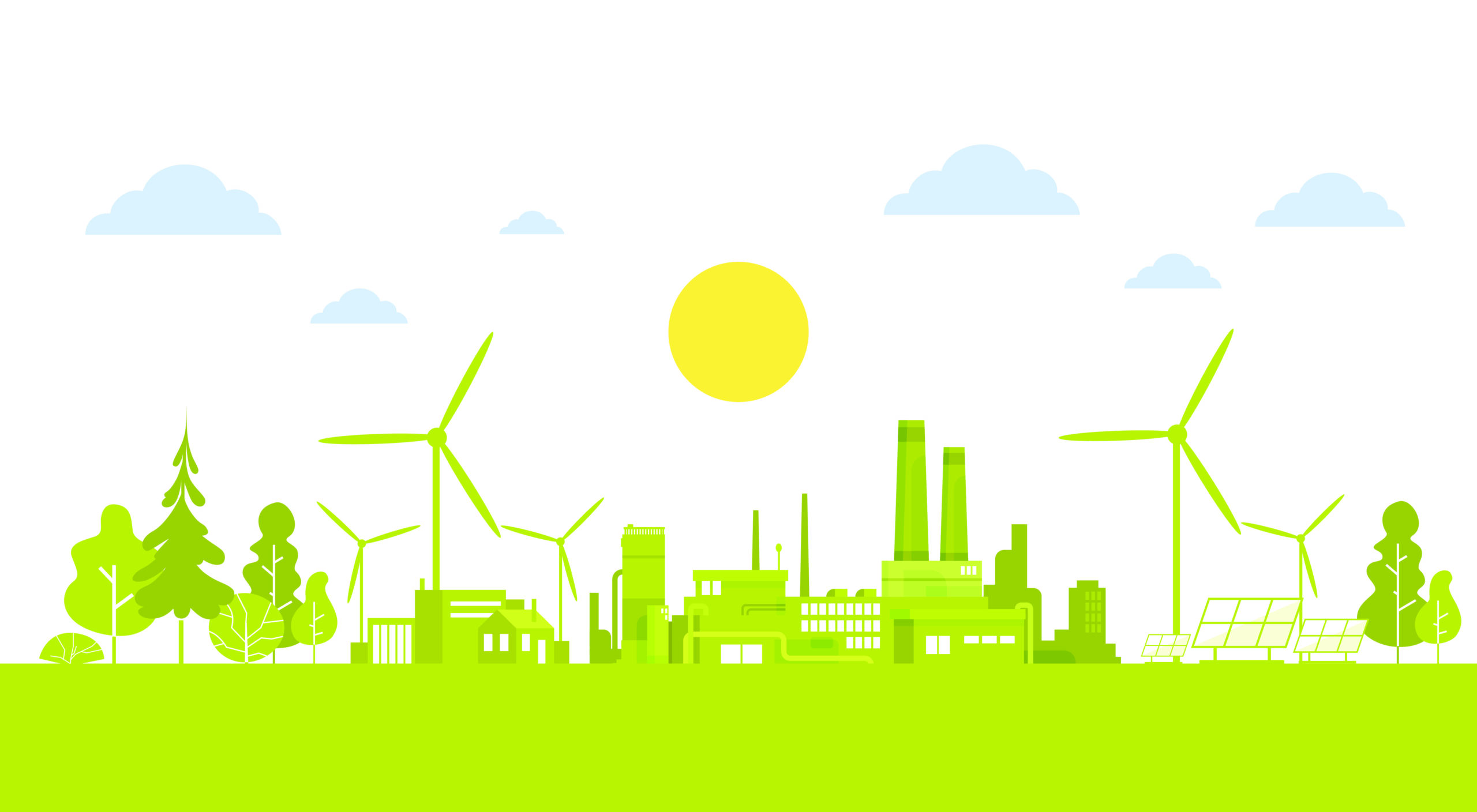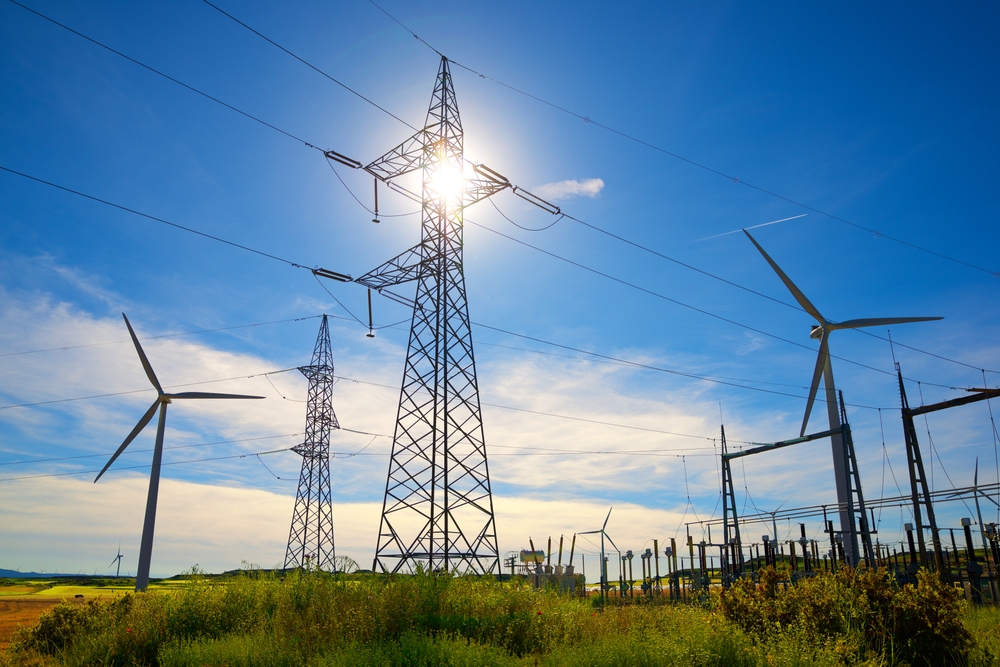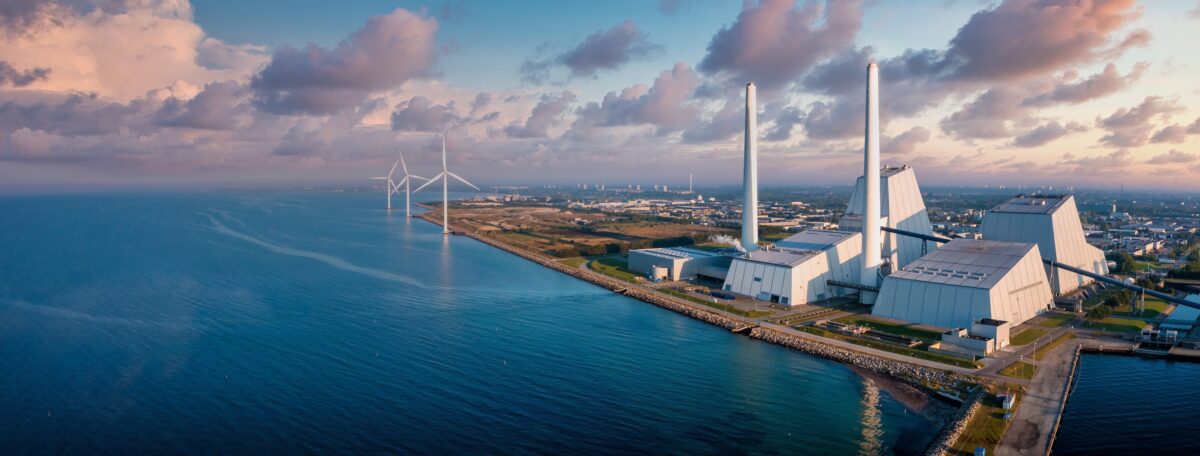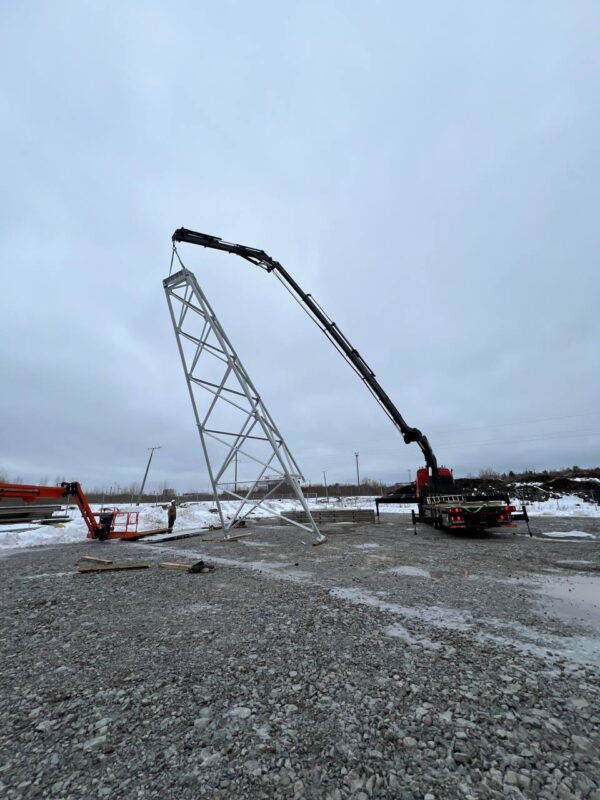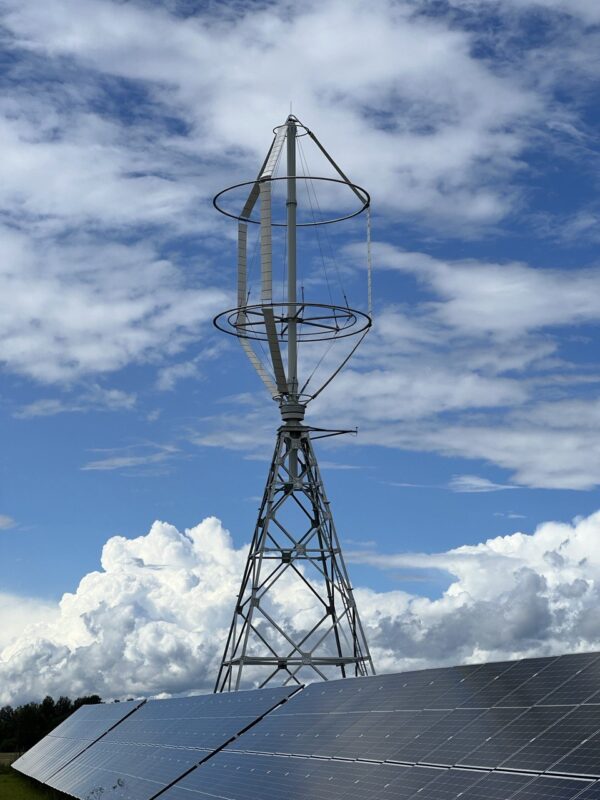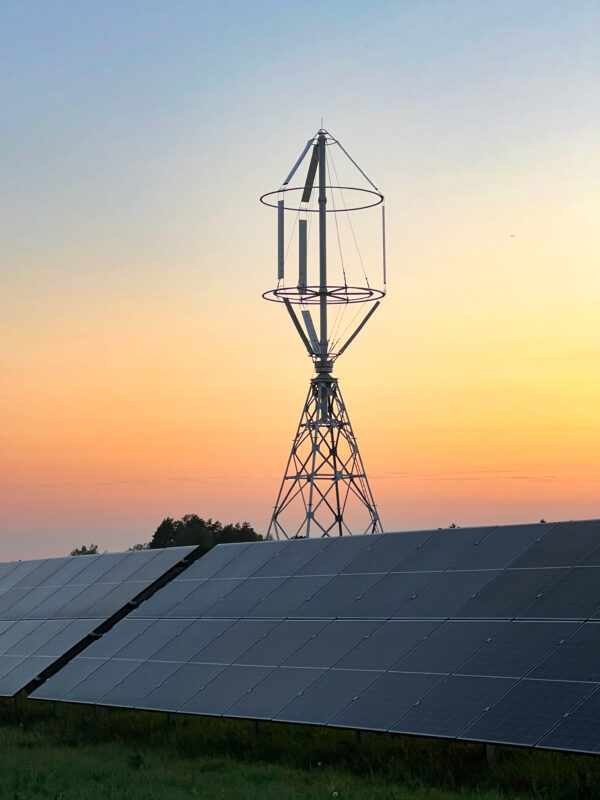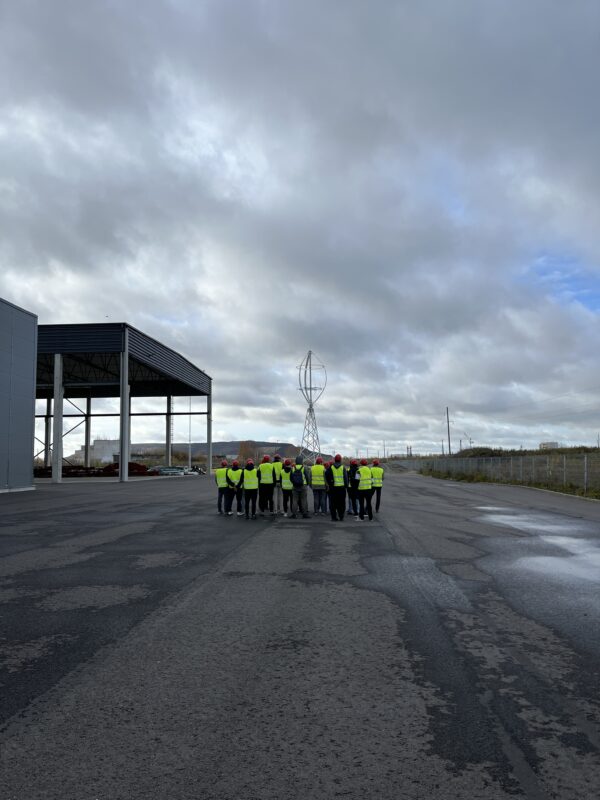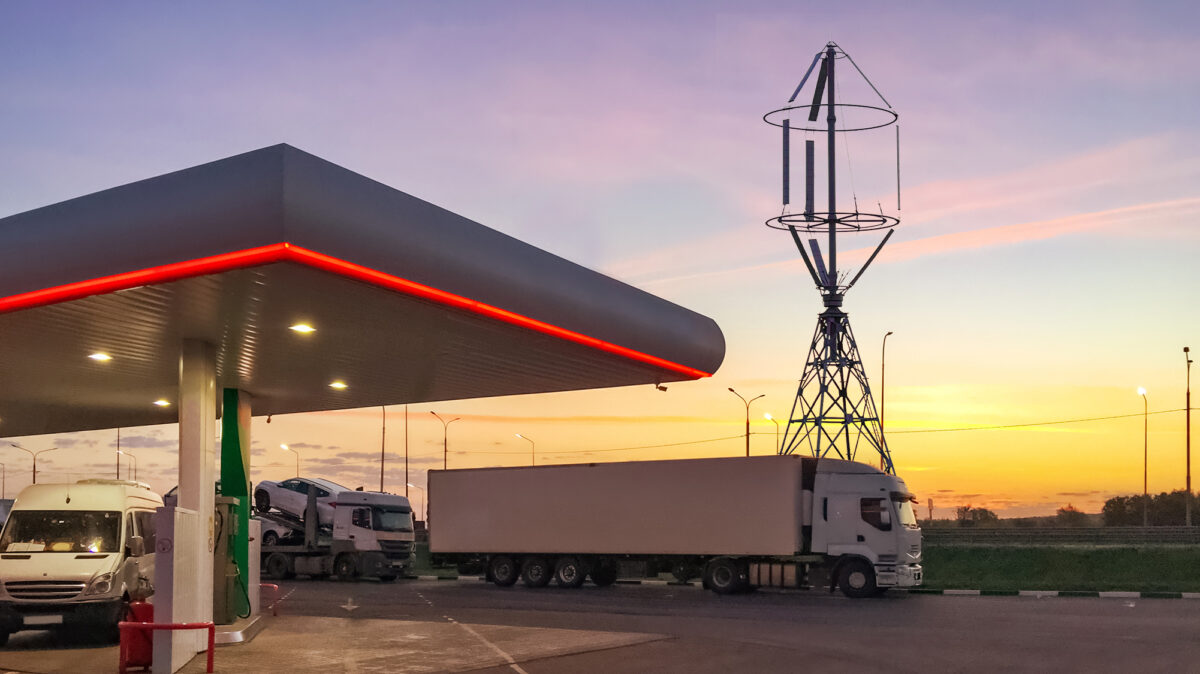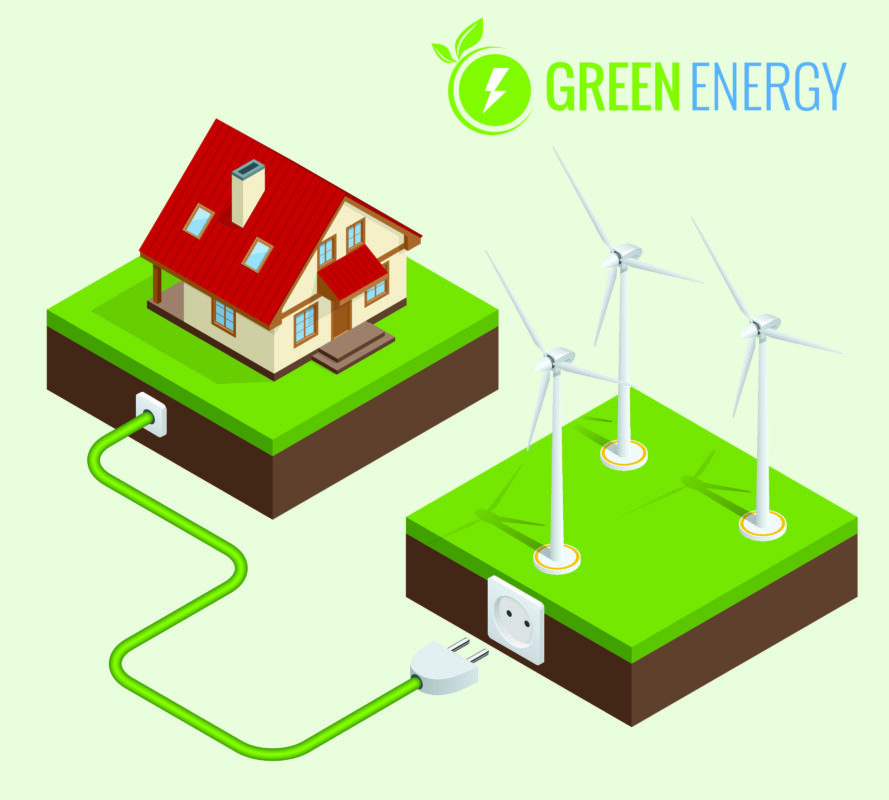Manufacturing facilities are some of the largest energy consumers in the world, with energy costs making up a significant portion of total production expenses. In an increasingly competitive market, the need to reduce energy costs in the industry has never been more critical. However, traditional energy sources pose financial and environmental challenges, driving a new wave of interest in cost-saving renewable energy solutions specifically tailored to industrial applications.
Renewable Energy in Industrial Applications
Clean energy has been popular for a long time but has been mostly chosen for residential power generation. Now it’s gaining traction within the manufacturing sector as a means to achieve energy independence for their plants. For manufacturing leaders, the question of “How can companies use renewable energy effectively?” has grown increasingly relevant. As they explore how renewable energy is used in industry, many are discovering that a blend of green energy options, tailored to their specific operational needs and regional climate conditions, can offer substantial cost savings and a pathway to energy independence.
By integrating sustainable power generation options like small wind turbines, facilities can not only reduce costs but also contribute to long-term manufacturing energy efficiency. For instance, the Freen-20 small wind turbine exemplifies how wind energy for factories can serve as a green energy for industrial use, offering a reliable and renewable power source that cuts reliance on fluctuating fossil fuel prices.
Case Studies: How Is Renewable Energy Used in Industry?
Different renewable energy sources can have various applications in manufacturing facilities. For example wind and solar energy can produce power needed for fueling factories or warehouses. They can help supply lighting, heating, cooling and any other energy needs. Wind power is an especially good solution for manufacturing, as in the right location it’s very reliable and affordable.
A perfect example of how renewable sources can change the way manufacturers produce their products is Apple. One of the biggest corporations in the world set a goal of carbon neutrality by 2030. Apple has taken a strong, clear stance on cutting down carbon emissions in its products, focusing on three main sources: electricity, materials, and transportation. To address these, Apple began investing in large-scale solar and wind farms more than a decade ago to power its data centers and offices sustainably. By 2015, they expanded this initiative to include their manufacturing partners, helping them develop and fund their own renewable energy projects to power Apple’s production lines. And since 2018, every Apple office, data center, and retail store around the world has been fully powered by renewable energy, underscoring their commitment to a cleaner, more sustainable future.
Another great example of a big corporation using renewable energy sources for manufacturing is Tesla. The company has started construction of a factory in the US that will be entirely run on energy from both solar panels, a wind farm located nearby and a geothermal electricity plant.
Of course, these are examples of big corporations with practically infinite investment funds. Renewable energy sources have a great scalability, meaning they can be scaled down or up, depending on the client’s needs. That is why they are also a perfect solution for smaller manufacturers.
Do you want to explore the option of using small wind turbines in your facility? Contact us to schedule a meeting.
Can Wind Energy be Used for Industrial Use?
Yes, wind energy can absolutely be used for industrial purposes, and it’s already being implemented across various sectors. Unlike large, centralized wind farms that send electricity across many kilometers, distributed wind energy systems generate power that can be used right on-site or nearby, making them ideal for industrial applications. Wind energy systems have evolved over decades, now offering scalable solutions that fit a range of energy demands—from smaller systems for less-intensive needs to multi-megawatt turbines for energy-hungry operations. Industries like mining, manufacturing, food processing, and even automotive production are already seeing the benefits of on-site wind power generations to offset energy costs and help meet sustainability goals.
By installing wind turbines close to or directly on industrial sites, facilities can enjoy a reliable, clean energy source that reduces their electricity bills and helps balance energy supply, particularly in areas with high power costs. Plus, using wind energy on-site helps companies avoid emissions, supporting their decarbonization goals without taking up much land. On-site wind power combined with microgrids can even provide backup power during outages, helping companies avoid costly interruptions. In some cases, these systems are also eligible for net metering, so any surplus energy generated can contribute to the grid, adding an extra layer of cost efficiency.
Energy Independence for Manufacturing Plant
As energy prices become more unpredictable and grid reliability grows less certain, many manufacturing plants are seeing the value of generating their own power. With frequent changes in electricity pricing, hidden regulatory fees, and the potential for grid instability, relying solely on the traditional energy grid can leave companies vulnerable to unexpected costs and even costly power outages. For industries where even a brief energy disruption can halt production and lead to significant losses, having a dedicated wind energy source offers a practical way to achieve greater energy independence.
By generating on-site wind power, manufacturing plants can avoid these risks, controlling more of their energy supply and buffering against price volatility. Wind turbines tailored to the energy needs of a facility not only reduce reliance on the grid but also provide a more stable, renewable power source. With the right integration of wind energy into their production systems, companies can enhance their self-sufficiency and lower their long-term operational costs, all while contributing to sustainability goals.
Small Wind Turbine for Businesses and Manufacturing
At Freen we offer our clients comprehensive wind energy solutions fit for various applications. While small wind turbines are usually chosen by homeowners and small businesses, their industrial applications are appreciated more and more by manufacturing facilities. They see our products as a cost-saving renewable energy solution that can help them reduce their energy bills but also help them gain energy independence.
We deliver on that promise. Our mechanical engineering expertise means that our products meet the high expectations of our industrial clients. The fact that our wind turbines are manufactured solely in the EU means that they are fully compliant with all of the industrial standards. To ensure the high quality of our turbines we also use modern solutions like company-wide ERP and PLM systems.
Freen-20 Small Wind Turbine
Freen-20 small wind turbine model is a combination of compact design and a minimum of fraction components. It’s a verical-axis wind turbine (VAWT) with 20kW of power output. Because of the featured flexible blades, there is no recalibration needed when it comes to following wind direction changes. It can be easily installed in various locations. We also made sure that our small turbine has low noise levels and a variable-height tower.
We wanted our products to be applicable both for residents as well as bigger manufacturing facilities. The opportunities afforded by our small wind turbines are very substantial. Not only do they reduce energy costs in the industry, they also offer environmental benefits and enhance energy security. Additionally, the use of small wind turbines can help with compliance with new regulatory standards. Facilities that use renewable energy sources can bolster the reputation of their company and be more aligned with the expectations of their clients but also shareholders.
Because we like to make sure that our products will meet all of the needs of our customers, we installed our Freen-20 wind turbine on our own manufacturing plant. If you want to know more about the results and learn the case study, contact us. Our experts will be happy to explain the profits of that solution.
Conslusion
Despite the challenges, such as initial investment costs and the need for advanced technologies, small wind turbines reduce costs and increase resilience to energy price volatility. By generating power on-site, manufacturing facilities can bypass high grid costs, improve operational stability, and drive down their carbon footprint. As industry experts point out, these measures can contribute to as much as 21% of final energy use in manufacturing by 2050, showing significant promise for renewable energy integration in the industrial landscape. At Freen, we hope to be a part of that future and pave the way for more facilities who seek renewable energy solutions for their business.


